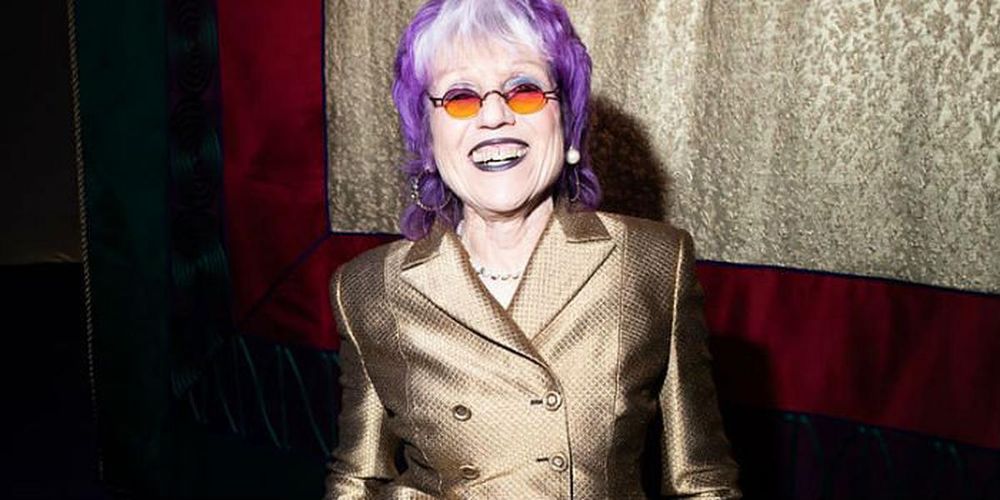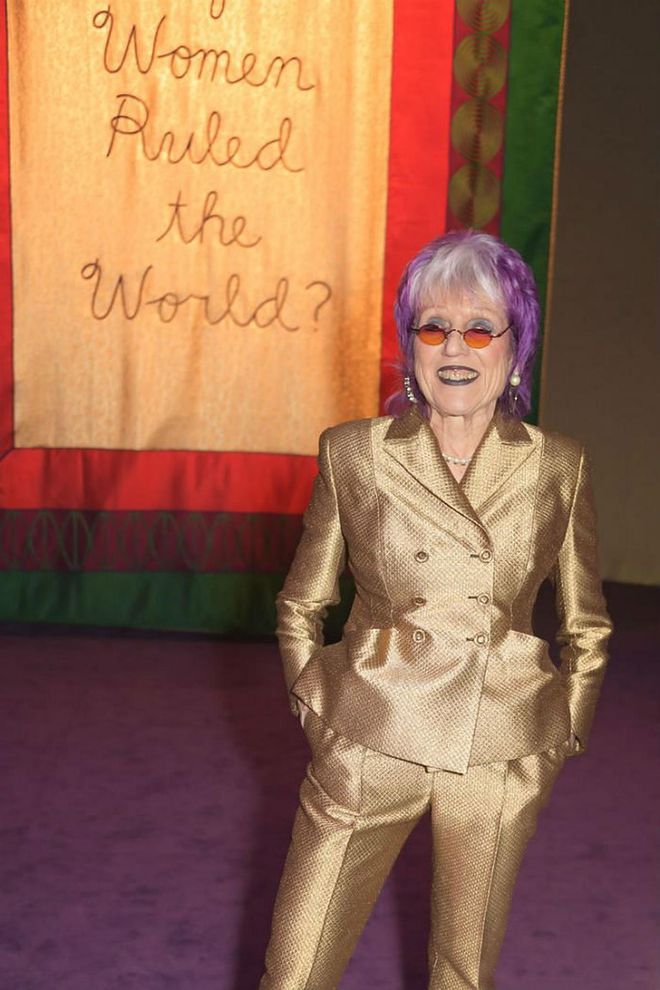Judy Chicago: Meet The Woman Behind Dior's Couture Show Set
She talks feminism, fireworks and the fight for fair recognition


Photo: Victor Boyko / Getty
Judy Chicago
"I’ve always been very clear about my goals: I wanted to make a contribution to art history," says Judy Chicago of her remarkable career, which has spanned more than five decades.
The American artist remains best known for her seminal feminist installation The Dinner Party (1974–1979) – a table laid for 39 mythical or historical female guests, from Sappho to Georgia O’Keeffe, with every place-setting handcrafted in collaboration with more than 400 volunteers.
Chicago is, however, adamant that the work should be understood in the context of her lifelong achievements, and has even launched an open-access online archive of her art and writing in order to safeguard her own legacy. "If women artists want their work preserved, they’re going to have to make sure that happens," she says.
Related article: Singapore’s Oldest Living Artist Lim Tze Ping Will Have His First Solo Show

Photo: David M. Bennet / Getty
Judy Chicago
Chicago has always believed in taking matters into her own hands. Born Judith Cohen, she adopted the name of her birthplace in 1970 (a gesture of protest against the patriarchal tradition of a woman taking a man’s name), at the same time as founding the first-ever feminist art programme at California State University. "I felt a necessity to create an educational system because it didn’t exist," she says.
Last November, the Baltic Centre for Contemporary Art in Newcastle hosted the UK’s first major survey of Chicago’s work, charting her impact on feminism from the 1970s to the present.
Highlights included landmark paintings such as Let It All Hang Out (1973), featuring psychedelic patterns executed in her signature vivid palette, and photographs from her early Atmospheres performances, which were staged in the desert using fireworks, coloured smoke and dry ice. "They were intended as a counter-narrative to the masculinised landscape – a way of softening and feminising it," reflects Chicago.
Related article: Singapore Creative Alvin Tan On His Art Curation For Cartier
The show also bought together a selection of needlework panels from Birth Project (1980–1985), inspired by the experience of childbirth, with her most recent series, The End: A Meditation on Death and Extinction (2013–2018), which she says offers a warning about the threat human greed poses to "the awesome wonder of the natural world".
Now 80 years old, Chicago remains determined to educate on, and campaign for, the rights of women artists. "I’m still fighting fora whole bunch of things: for my own work to be recognised, for rebuilding the link between art and community, for demonstrating the power of art to connect people in ways that the market cannot," she says. Long may she continue to lead us into battle.
‘Judy Chicago’ is at the Baltic (www.baltic.art) from 16 November to 19 April 2020.
This article originally appeared on Harper's BAZAAR UK.
Related article: A Banksy Sold for $1.4 Million, Then Immediately Self-Destructed